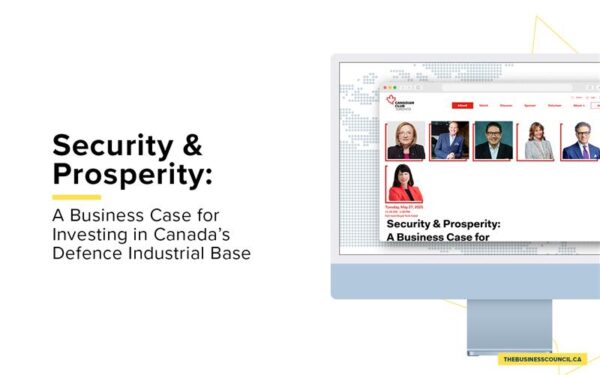The multi-speed recovery from COVID-19
As recently as a few weeks ago, there were hopes that once the spread of COVID19 was arrested, Canada’s economy would kick into gear and life would return more or less to normal. It is now increasingly apparent that this was wishful thinking.
The pace of the economic revival will of course depend on our success in containing the virus until a vaccine is available. But that’s not all. Inevitably, different sectors of the economy will recover at different speeds. Some can look forward to a relatively swift return to regular operations, albeit with certain adjustments to safeguard the health and safety of employees. Other sectors will likely struggle for years and a few may be permanently scarred.
What does a multi-speed recovery look like in the context of COVID-19? For business owners, there are two main considerations: the degree to which physical distancing impacts your firm’s ability to serve customers, and the degree to which your business depends on consumers feeling financially secure.
For the most part, businesses that operated without the need for direct physical contact before the pandemic will be able to scale up quickly as demand comes back. This includes some corporate services as well as online retailers and the tech sector. Many if not most of these businesses will be able to return to normal operations as soon as government-ordered shutdowns are lifted, with little need for fundamental changes to their business models.
Many companies in the manufacturing, natural resources and construction sectors are also positioned to recover relatively quickly as demand picks up in Canada and around the world. The key challenge for these companies will be to ensure that workers have adequate protective equipment and workspaces that allow for physical distancing. Recovery prospects for oil and gas in particular will require some upward lift in global demand and prices, as well as the industry’s ability to demonstrate progress on greenhouse gas emissions.
“Inevitably, different sectors of the economy will recover at different speeds. Some can look forward to a relatively swift return to regular operations, albeit with certain adjustments to safeguard the health and safety of employees. Other sectors will likely struggle for years and a few may be permanently scarred.”
The outlook is more uncertain for entrepreneurs and employees who cannot realistically serve customers while practising physical distancing. Many restaurants, bars, hair salons and other personal care services face a long and difficult road to recovery. Without sufficient cash reserves or government support, many smaller businesses won’t survive the economic downturn. The Canadian Federation of Independent Business, which represents more than 110,000 small firms, says a third of its members who have been forced to close their doors during the past month are unsure if they will be ever be able to reopen.
In the aviation, accommodation and tourism sectors, the pandemic hit early and hard. Permanent changes to consumer attitudes toward traveling and taking holidays are unlikely, but there is bound to be a lag effect as restrictions are lifted. Business travel will be re-evaluated and large events such as conferences may be avoided or discouraged. Leaving aside health concerns, many Canadians simply won’t have the disposable income to consider booking a holiday trip anytime soon. A return to pre-crisis conditions may be several years off.
A multi-speed recovery will require a carefully calibrated and targeted response from government. Businesses that face long-term distancing requirements and permanent changes to consumer attitudes need more support in the form of tax relief and regulatory flexibility to survive sustained lower levels of consumption. For the aviation, accommodation and tourism sectors, immediate support in the form of additional capital is needed to position them for the recovery.
To ensure the smoothest recovery possible, it is essential that governments across Canada work closely with business and labour. Health and safety must of course be paramount. Moving too quickly risks a resurgence of the virus, setting back the health of Canadians and the economic recovery.
Close consultation with business and labour will also allow governments to develop an effective recovery plan that takes into account the specific challenges of each sector. A one-size-fits-all approach will not work. We must use the limited time we have to get this right.











